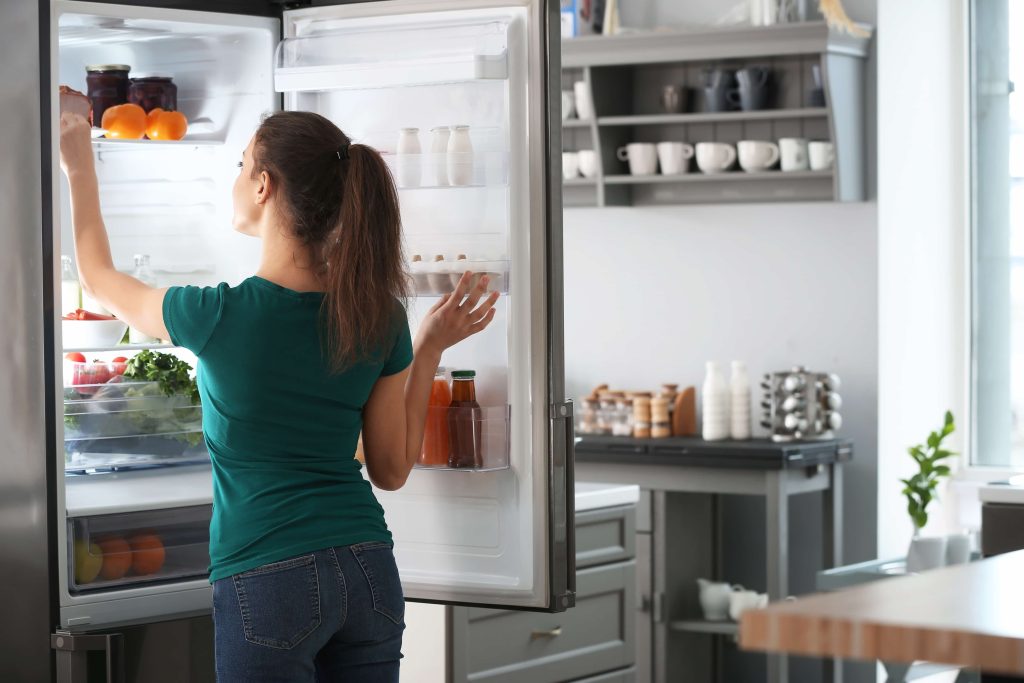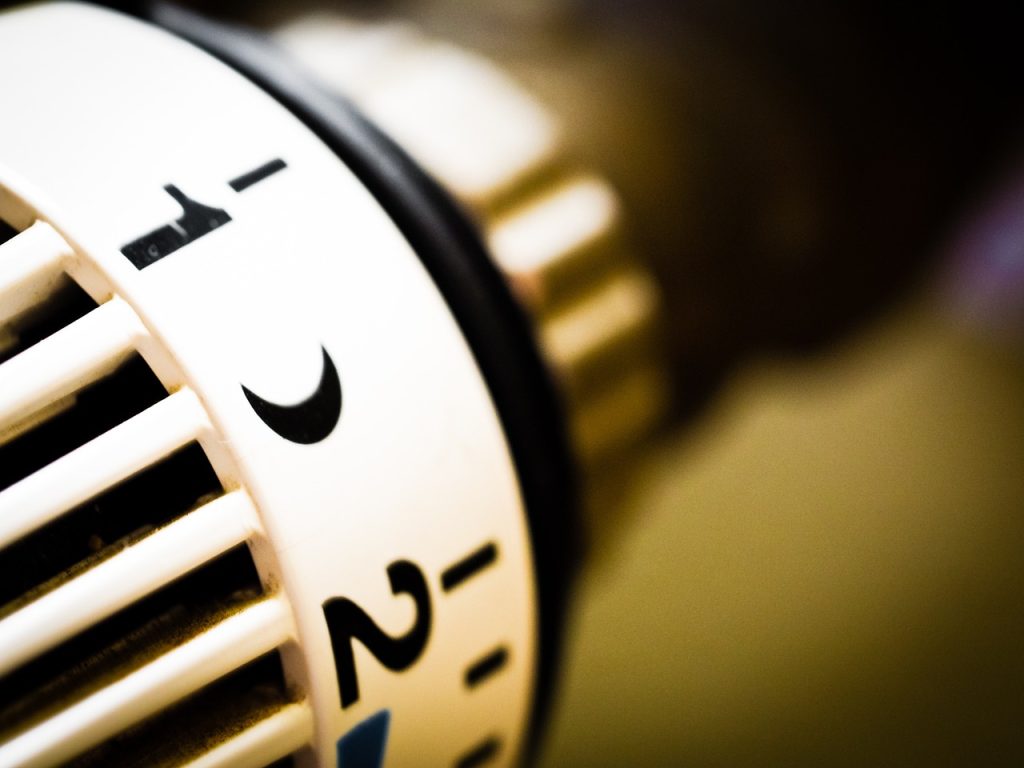
How much energy does an average household use?
Market fluctuations, global political tensions and incentives to contain cost: the average energy consumption of British users is becoming increasingly puzzling due to many external factors. Let's find out what it depends on and how to manage it effectively.
How many kilowatts are consumed in a month?
The electricity consumption within a household primarily depends on the number of people in the family. The more inhabited and lived-in it is, the higher the consumption.
- A household consisting of two people can have an annual consumption ranging from 2,000 to 2,700 kWh. This averages to around 5.5/7 kWh per day, totaling approximately 187.5 kWh per month. This is double the energy consumption of a person living alone with their 1,100 kWh.
- For a family of 3 people, the electrical consumption reaches 8 kWh per day. Monthly, this equals 240 kWh, which becomes 2,880 kWh over the course of a year.
- A family of 4 people, on the other hand, reaches values between 8 and 9.5 kWh per day, which is approximately 262.5 kWh per month and 3,150 kWh per year.
Consumption habits also play a role. Those who are particularly mindful can reduce their final kWh, while those who are careless or do not pay attention to the economic and environmental impact of household appliances may end up with a hefty bill at the end of the month.
In this regard, national and international institutions have launched various awareness campaigns to promote increasingly conscious energy use.
To calculate the average consumption of a family, one must also consider different times of the year. For example, in the summer, air conditioners come into play, while in winter and during the colder seasons, the boiler for hot water production and room heating operates regularly.
Which appliances consume the most energy?
An overview of the appliances with a greater impact on energy consumption helps assess potential interventions, even of simple common sense, to reduce costs.
- Among the devices that consume the most, we find the refrigerator and freezer, which operate 24 hours a day, 365 days a year, as is inevitable. The average annual consumption is 300 kWh.
- The electric water heater is not far behind, with its annual consumption ranging from 1,200 to 1,500 kWh, depending on its capacity.
- Following these are the washing machine, dishwasher and microwave, with average annual consumption ranging from 200 to 260 kWh.
- The electric oven consumes 110 kWh.
As mentioned earlier, appliance consumption is directly related to their usage, taking into account the size of the household. For example, if we imagine an air conditioner that is kept on for at least 5 hours a day over the course of 4 months, the annual consumption would be around 450 kWh.
In a household with two people, the total consumption could be reduced, with a higher likelihood that it remains off at certain times of the day when no one is present. If the family consists of four members, then it's more likely that someone is always present at home, and thus, its usage will be higher.
When calculating consumption, one should not overlook the energy efficiency class of appliances. As easily understood, if an appliance has a high energy efficiency class, between A and B, the economic impact will be lower compared to one with a class ranging from E, F, and G.
How much does heating consume?
Appliances, but not only. To estimate the average energy consumption of a household, the heating system should not be excluded. The consumption of a typical 24 kW thermal gas boiler can range from 2 to 12 kWh per hour of use. In addition to this, there is the cost of gas, which has seen quite variable pricing in recent years.
Condensing boiler is an alternative to a traditional boiler, designed to optimise its energy efficiency. It is characterised by high efficiency, thanks to the use of exhaust gas, which, in the form of water vapour, is reused for both heating and hot water production. Less gas consumed, more efficiency.
Heat pumps are also gaining ground in the market, representing a further step forward in reducing consumption, with their 0.3/0.4 kW per hour. This is made possible by the way they operate. The heat pump captures thermal energy from the surrounding environment: outdoor air is taken into the system, where a liquid allows for heat exchange, and it is then returned to the house in the form of heating or cooling, depending on the selected mode.
How to set up heating to save money?
Attention, good practices and technological innovations are the tools available to users to optimise costs without excessively cutting energy consumption. While turning off lights in empty rooms or avoiding continuous opening and closing of the refrigerator are common-sense behaviours, making direct changes to the home environment can provide additional assistance.
When it comes to heating, it takes little effort to prevent heat loss by addressing drafts and performing regular maintenance and cleaning of radiators. Regular checks also help the boiler maintain performance standards, avoiding annoying surprises that can turn into complex issues in the long run.
In addition to these measures, home automation is undoubtedly a valuable tool that can be applied to both household appliances and heating systems. Wi-Fi thermostatic valves, when paired with smart thermostats and remote monitoring via smartphones, are a clear added element to achieve thermal comfort while containing consumption and reinforcing savings.
This way, heating can be easily programmed to suit different times of the day, ensuring that the home is welcoming upon return and does not waste energy when occupants are away.
Other posts
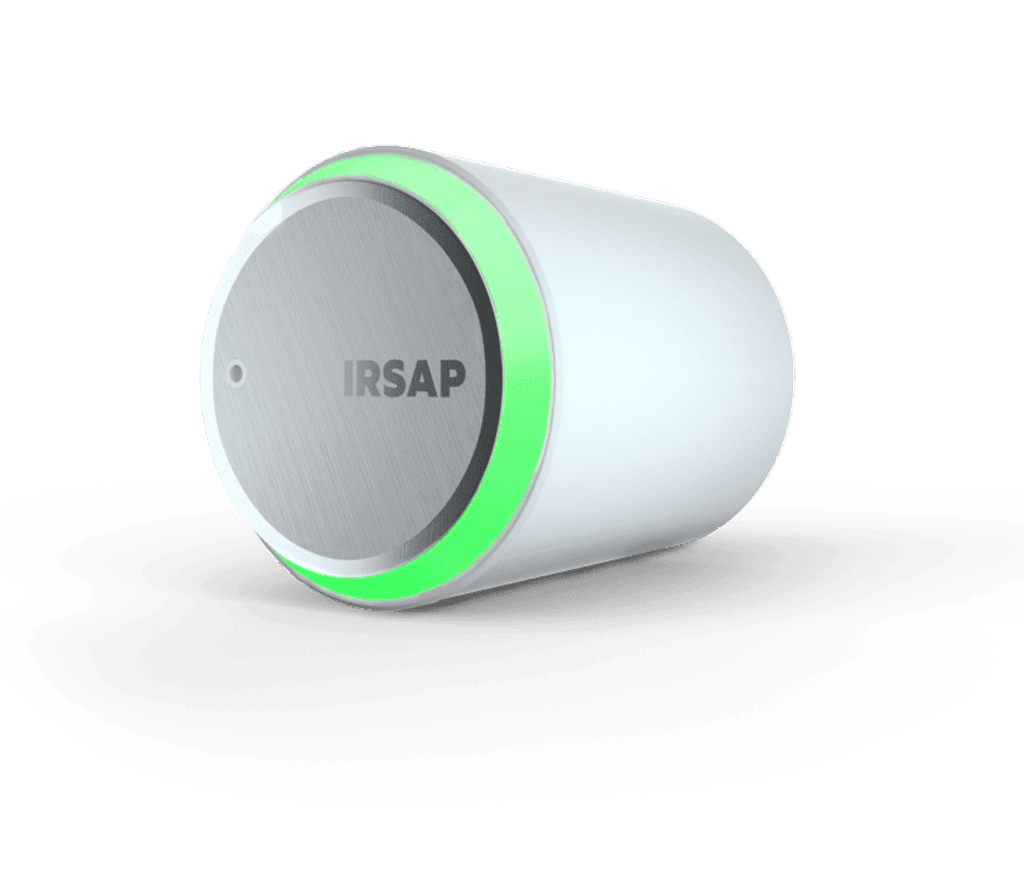
Smart Valve
Controlla la temperatura di ogni singola stanza senza l'esecuzione di opere murarie o elettriche. Le nostre Smart Valve sono compatibili con tutti i marchi di radiatori e i principali produttori di valvole idrauliche.
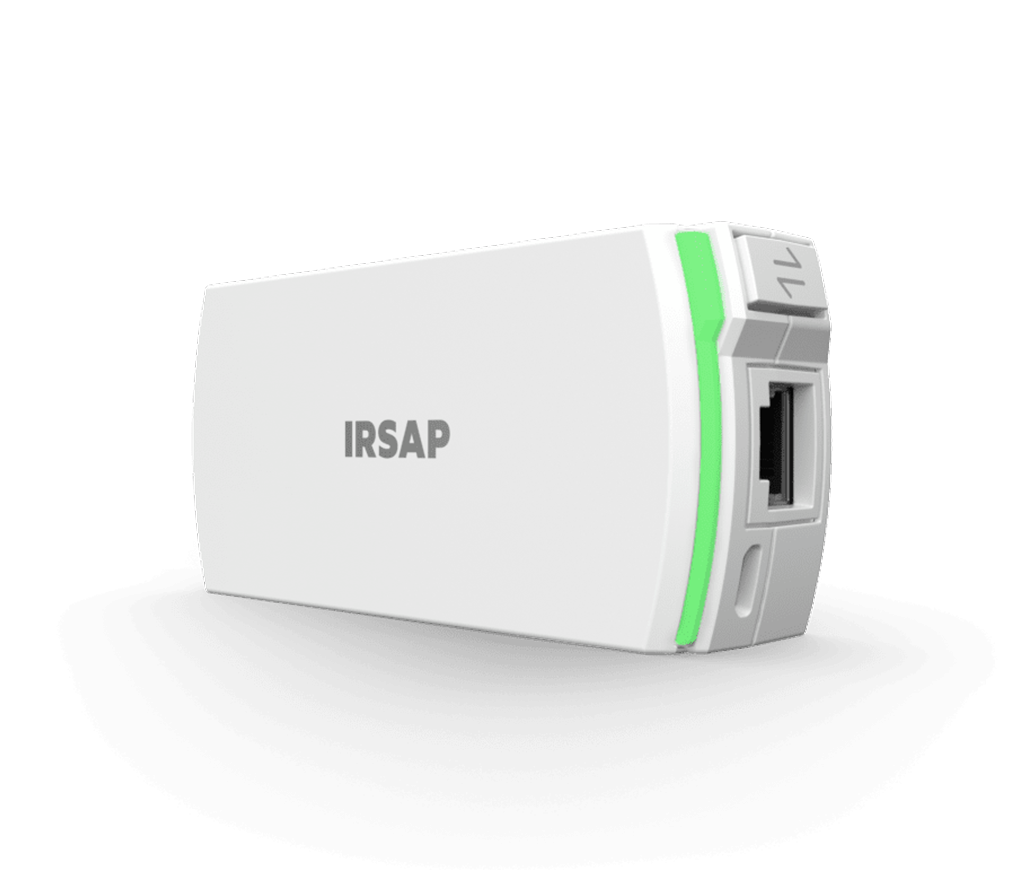
Connection Unit & Repeater
La Connection Unit va collegata al router di casa ed è indispensabile per controllare tutti gli altri dispositivi del sistema dove e quando vuoi direttamente dal tuo smartphone tramite App.
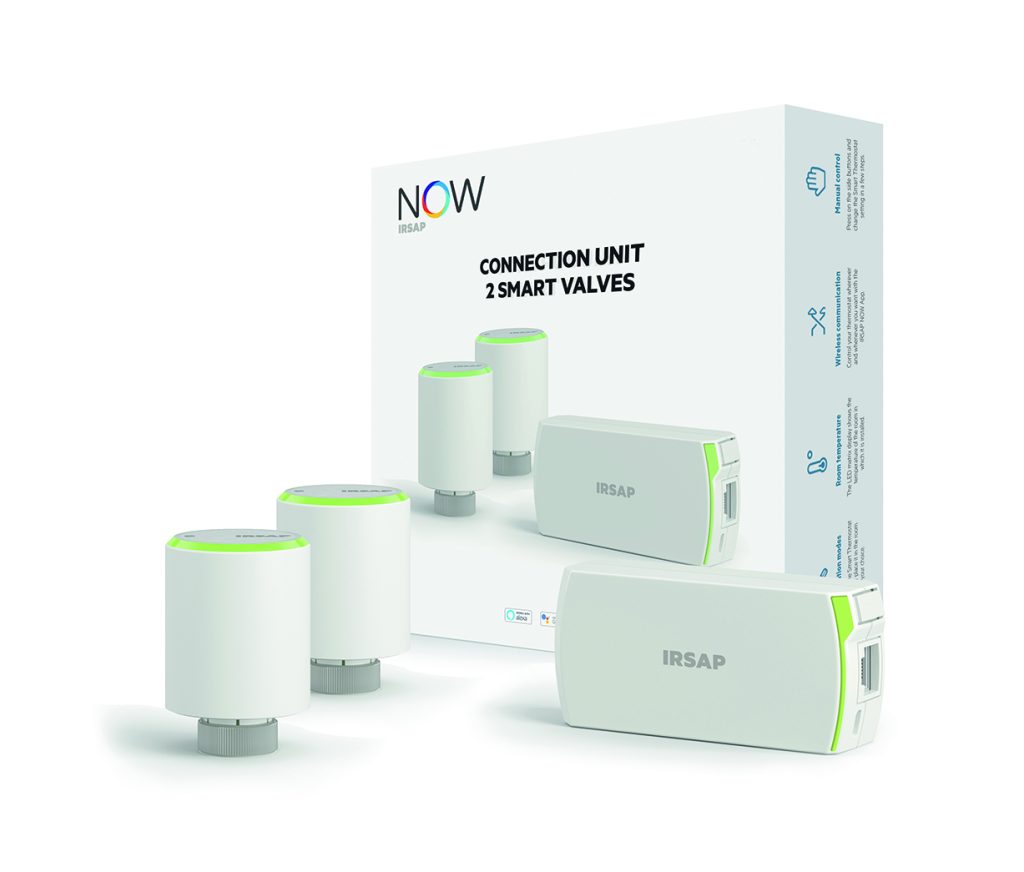
Kit Smart Valve
Ottieni il massimo del comfort e imposta la temperatura ideale di ogni zona della tua casa con il Kit Smart Valve. Controlla la temperatura dove e quando vuoi tramite smartphone. Le nostre valvole termostatiche intelligenti sono compatibili con tutti i marchi di radiatori e i principali produttori di valvole idrauliche.







